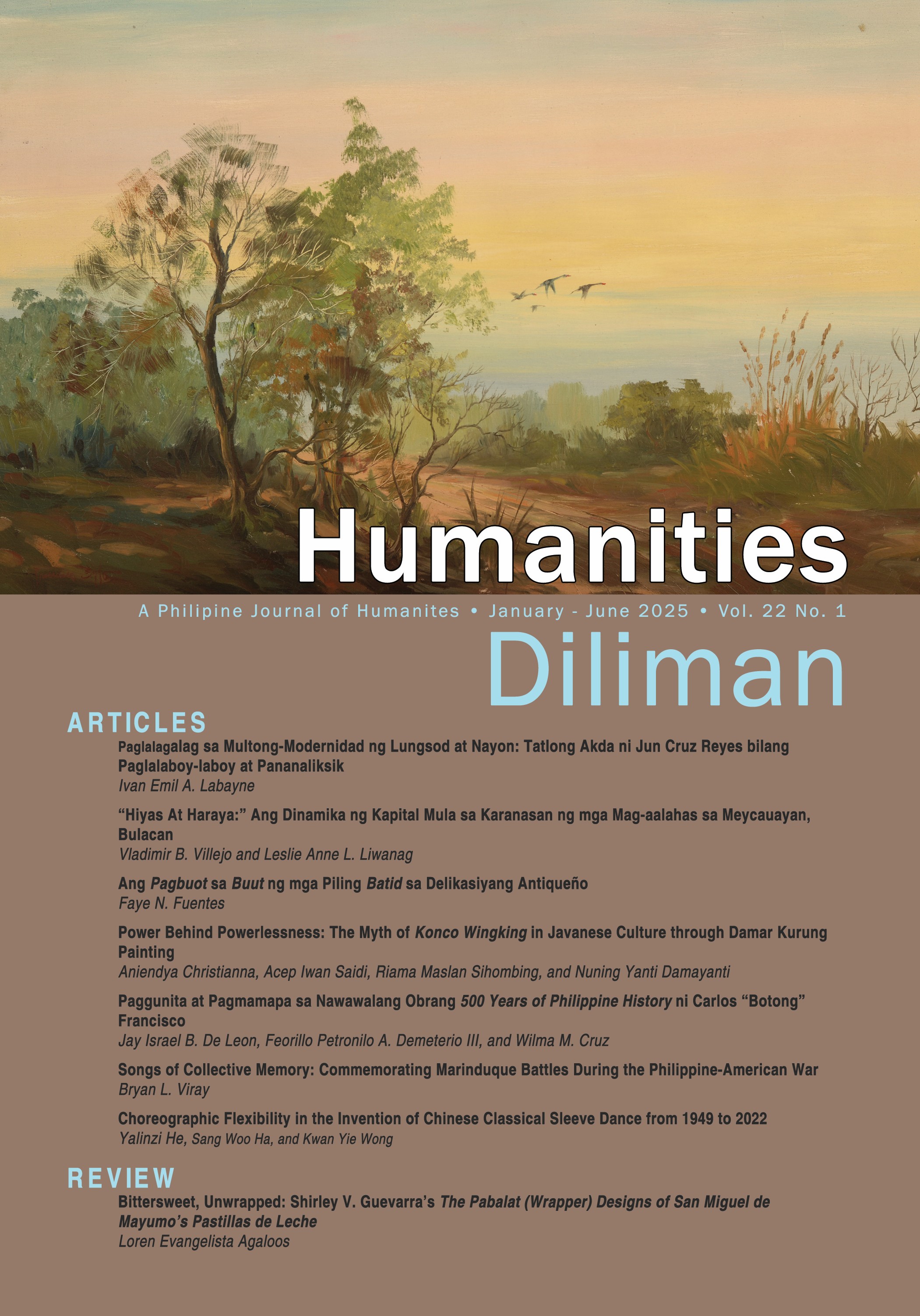Choreographic Flexibility in the Invention of Chinese Classical Sleeve Dance from 1949 to 2022
Abstract
This article examines the invention and development of Chinese classical sleeve dance from 1949 to 2022 and explores its intricate relationship with the multiple transformations within Chinese society, politics, and culture. This historical context is rooted in the founding of the People’s Republic of China in 1949, when the government initiated cultural policies to revive traditional culture. The late 1970s was a crucial turning point as China implemented economic reform policies and rekindled connections with Western nations. This provided an environment in which dance practitioners began to invent various forms of sleeve dance. However, after China’s accession to the World Trade Organization in 2001, a significant change occurred in the aesthetic expression of sleeve dance. It increasingly emphasized the use of traditional Chinese cultural elements while reducing the integration of Western culture. This study focuses on three periods of China’s socio-political and cultural transformation: 1949 to 1978, 1978 to 2001, and 2001 to 2022. By focusing on the Shenyun sleeve dance, this study explores how it was reinvented, and by employing qualitative methods, strategies for understanding the invented choreography of the Shenyun sleeve dance across different stages of Chinese socialism will be revealed.


